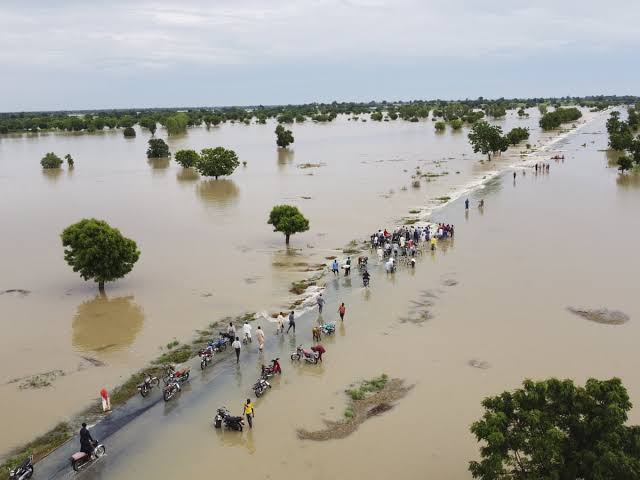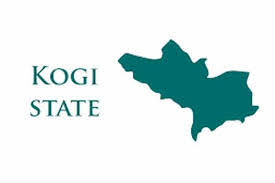The Nigeria Hydrological Services Agency (NIHSA) has raised an alert over possible flooding in parts of Kogi, Anambra, Delta, Bayelsa, Niger, Benue and Adamawa States as water levels along the Niger and Benue Rivers continue to rise.
The Director General of NIHSA, Engr. Umar Ibrahim Mohammed, disclosed this during a press conference in Abuja, where he urged residents in flood-prone areas to remain vigilant and consider moving to higher grounds in line with official advisories from local authorities.
Mohammed said current hydrological data indicate high water levels along the two major rivers, increasing the likelihood of localized flooding in surrounding communities.
He said: “Our hydrological monitoring shows high water levels along parts of the Niger and Benue Rivers, with the possibility of localized flooding in Kogi, Anambra, Delta, and other downstream communities. We advise residents in flood-prone areas to remain vigilant and to follow official advisories.”
The NIHSA boss emphasised that early warning and timely relocation remain the most effective measures to prevent loss of lives and property. He explained that NIHSA, as the nation’s authority responsible for monitoring and managing surface and groundwater resources, generates critical data that help government, communities, and individuals plan for safe and sustainable water use.
He said the agency’s work cuts across several sectors including agriculture, energy, dam operations, and environmental management, adding that every data collected contributes to saving lives and strengthening Nigeria’s resilience against climate change.
Mohammed said the agency has in recent years expanded its real-time data collection capacity, upgraded its early warning systems, and improved the accuracy of its forecasts through the use of satellite imagery, digital modeling, and on-ground measurements.
He noted that NIHSA’s Annual Flood Outlook remains one of its flagship products, providing detailed forecasts of likely flood scenarios across states, while sensitization campaigns are carried out to help state governments and communities prepare ahead.
He revealed that recent water quality assessments conducted during flood evaluations showed contamination in some shallow wells due to floodwater intrusion, calling for stronger collaboration among relevant ministries, humanitarian partners, and local authorities to ensure access to safe drinking water in affected communities.
Looking ahead, the DG said NIHSA is developing a Five-Year Strategic Action Plan that focuses on innovation, regional empowerment, and stronger stakeholder engagement. He said the agency is also strengthening its zonal and field offices to bring its services closer to the people, while leveraging technology and partnerships with institutions such as NIMET, NEMA, the National Water Resources Institute, the World Meteorological Organization, and UNESCO.
Mohammed reaffirmed NIHSA’s commitment to providing accurate and timely hydrological information that protects lives, supports development, enhances economic growth, and ensures a safer, more resilient Nigeria.
He stressed that as floods, droughts, and other climate-related challenges intensify, collective action and early response remain key to preventing avoidable disasters and ensuring that no Nigerian suffers loss due to lack of information or warning.


